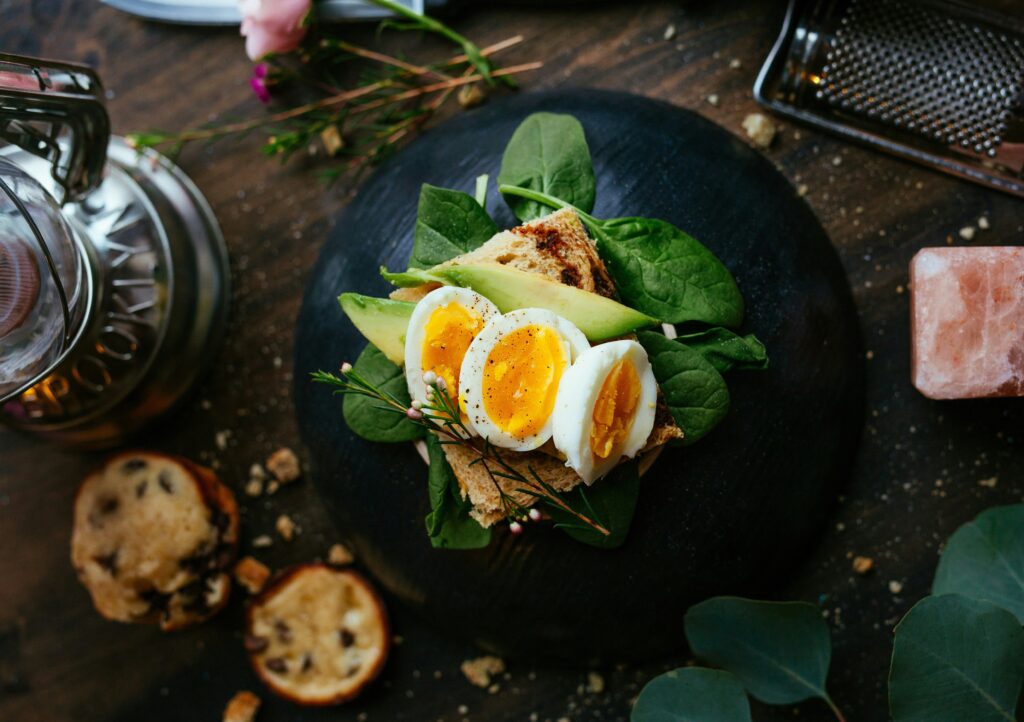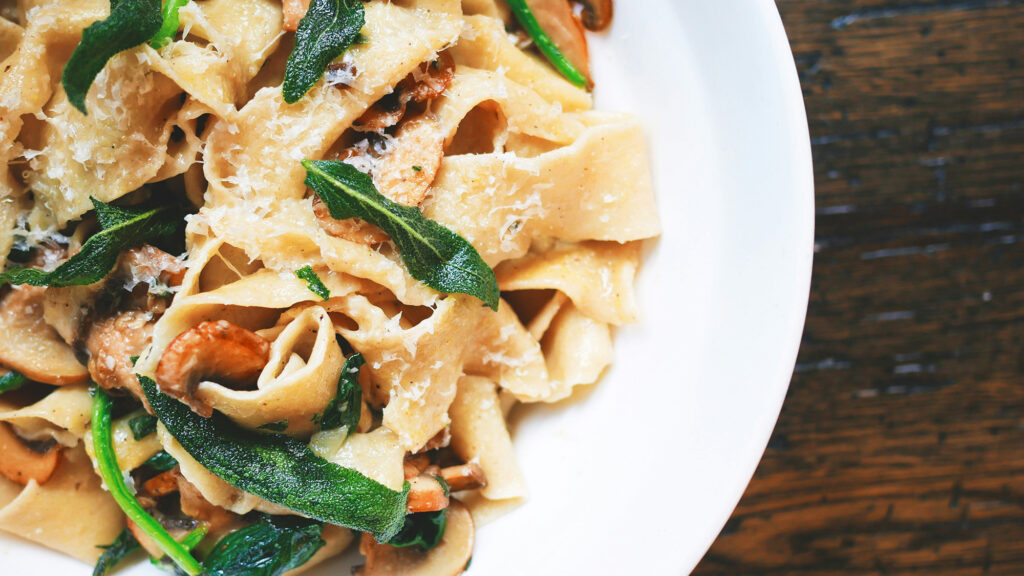South Indian cuisine is known for its rich flavours and unique taste. However, many traditional South Indian dishes are high in carbohydrates, which can lead to a spike in blood glucose levels. But with a few tweaks, you can enjoy your favourite South Indian meals without compromising your health.
Optimising South Indian meals for better glucose metabolism
• You may pair carbs with fibre, protein, and fat to slow down glucose release and improve response.
• Try to reduce portion sizes of high-carb foods like dosa, idli, and puttu.
• Try replacing simple carbs with complex carbs like whole grain rice, quinoa, or millet.
• Consider adding fibre-rich salads or vegetables to your meal to replace high-carb dishes.
• You may also incorporate protein sources like legumes, tofu, or lean meats to balance your meal.
South Indian meals are often made from rice or rice flour with a high glycemic index (GI). This can cause a rapid increase in blood glucose levels. High blood glucose levels over time can lead to insulin resistance and type 2 diabetes. By optimising your South Indian meals, you can slow down the release of glucose and improve your body’s response to it.







